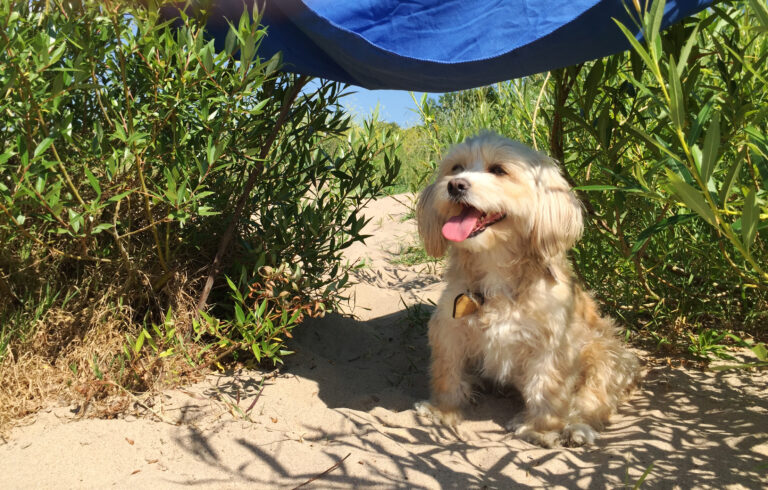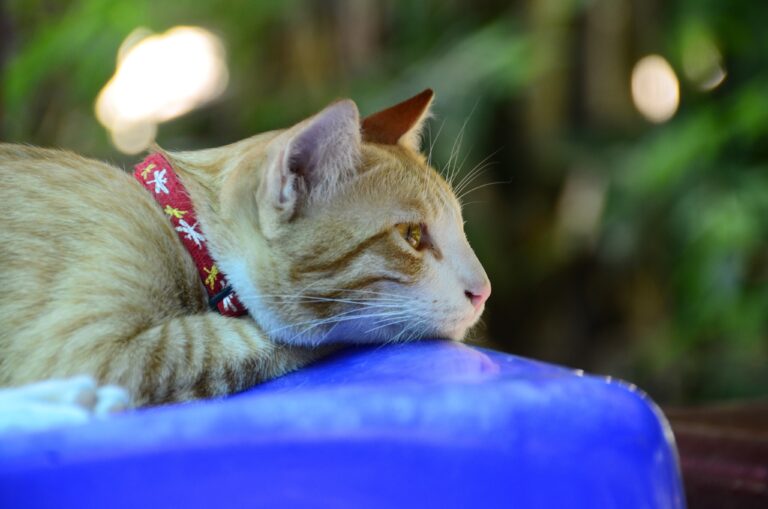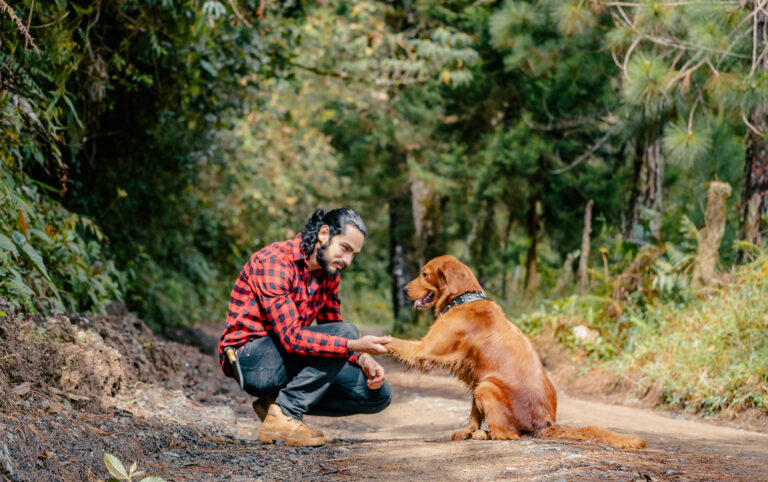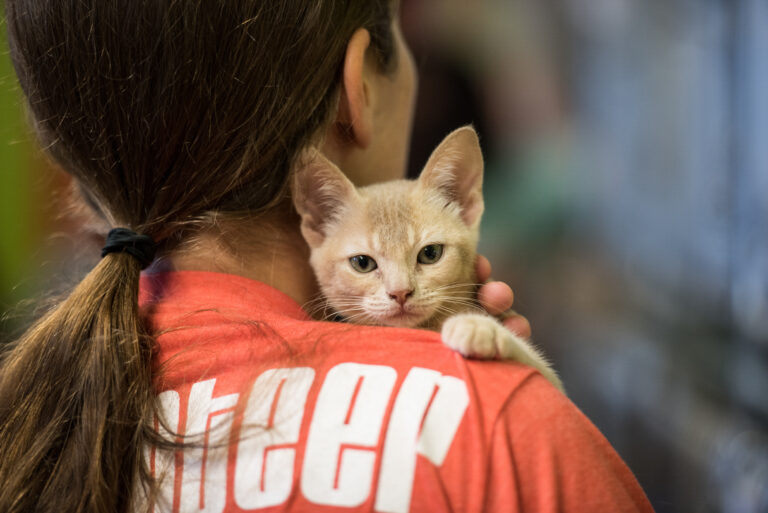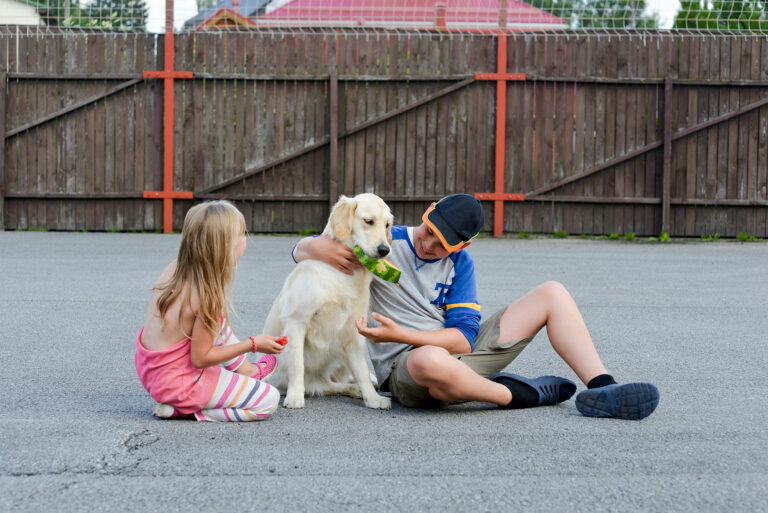Summer means more time in the backyard, longer walks, and soaking up the sunshine with your four-legged best friend. But while you’re admiring those blooming flowers and leafy greens, your dog might be getting a little too curious—and that curiosity could turn dangerous. Many common summer plants can be toxic to dogs, and even a nibble can lead to serious health issues.
Knowing which plants to avoid is crucial if you want to keep your yard both beautiful and pet-safe. Here’s your seasonal guide to toxic summer plants you should keep far away from your dog.
Table of Contents
Why Are Some Plants Toxic to Dogs?
Dogs explore the world through taste, smell, and chewing—especially puppies and high-energy breeds. Many ornamental plants contain compounds that are completely harmless to humans but toxic to dogs. Ingesting the wrong leaf, flower, or bulb can result in symptoms like vomiting, diarrhea, drooling, tremors, and even organ failure.
If your dog has access to a garden, patio, or landscaped area, you need to know which greenery poses a threat—and what to do if exposure happens.
10 Common Toxic Summer Plants for Dogs
1. Oleander
A popular ornamental shrub with bright, fragrant flowers—but extremely toxic. Every part of the plant contains cardiac glycosides, which can affect heart function.
Symptoms: Vomiting, slowed heart rate, drooling, and possible death in severe cases.
2. Sago Palm
This tropical-looking plant is often used in landscaping and containers. It’s small, slow-growing—and highly poisonous. The seeds (or “nuts”) are the most toxic part.
Symptoms: Severe liver failure, vomiting, diarrhea, and seizures.
3. Azaleas and Rhododendrons
These beautiful flowering shrubs contain grayanotoxins, which can disrupt your dog’s muscle and nerve function—even in small doses.
Symptoms: Drooling, weakness, vomiting, and potential coma.
4. Foxglove
Loved for its tall stalks and bell-shaped blooms, foxglove is deadly to dogs. It’s filled with digitalis compounds that impact the heart.
Symptoms: Heart arrhythmias, tremors, seizures, and collapse.
5. Lily of the Valley
Despite its innocent appearance and sweet fragrance, this plant contains convallatoxin, which interferes with heart function.
Symptoms: Vomiting, diarrhea, heart rate changes, and cardiac arrest.
6. Hydrangea
These popular shrubs may not be as deadly as others but still contain cyanogenic glycosides, which can cause stomach upset.
Symptoms: Vomiting, lethargy, and diarrhea.
7. Morning Glory
While beautiful climbing vines, some varieties contain hallucinogenic compounds that can seriously affect your dog’s nervous system.
Symptoms: Disorientation, tremors, and gastrointestinal upset.
8. Daffodils
Though typically a spring flower, their bulbs may still be in the soil or accidentally ingested. The bulb is the most toxic part.
Symptoms: Vomiting, drooling, convulsions, and low blood pressure.
9. Hostas
A common shady garden plant, hostas contain saponins, which are harmful to dogs if eaten.
Symptoms: Vomiting, diarrhea, and abdominal pain.
10. Buttercups
These cheerful yellow flowers can blister your dog’s mouth or digestive tract if chewed. Their toxin, protoanemonin, is activated when the plant is broken.
Symptoms: Drooling, vomiting, skin irritation.
Safe Gardening Tips for Dog Owners
Creating a dog-friendly yard doesn’t mean sacrificing beauty. You just have to choose wisely and stay vigilant.
- Fence off garden beds or raised planters.
- Train your dog with the “leave it” command for outdoor spaces.
- Avoid using cocoa mulch—it contains theobromine, which is toxic like chocolate.
- Use pet-safe fertilizers and avoid slug bait or chemical weed killers.
Stick with safe plant choices like marigolds, snapdragons, sunflowers, and pet grass. They’re beautiful and worry-free.
What to Do If Your Dog Eats a Toxic Plant
Act fast. Even if your dog just chewed a leaf, call your vet or the ASPCA Animal Poison Control Center immediately. If possible, bring a sample of the plant or take a photo for identification.
Don’t induce vomiting unless directed to do so. Some toxins can cause more damage coming back up.
Time is critical—better to overreact than underreact.
In Conclusion
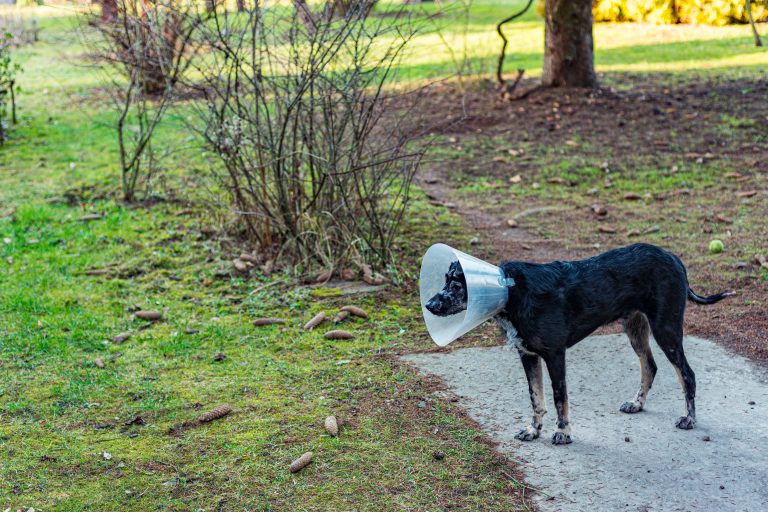
Summer should be a season of fetch, fun, and sunshine—not emergency vet visits. By knowing which toxic summer plants to avoid and creating a pet-conscious garden, you’re giving your dog the freedom to sniff, roll, and explore without putting their health at risk.
Nature is beautiful—but not always gentle. With a little awareness and some planning, you can enjoy a blooming backyard and a healthy, happy pup all season long.


